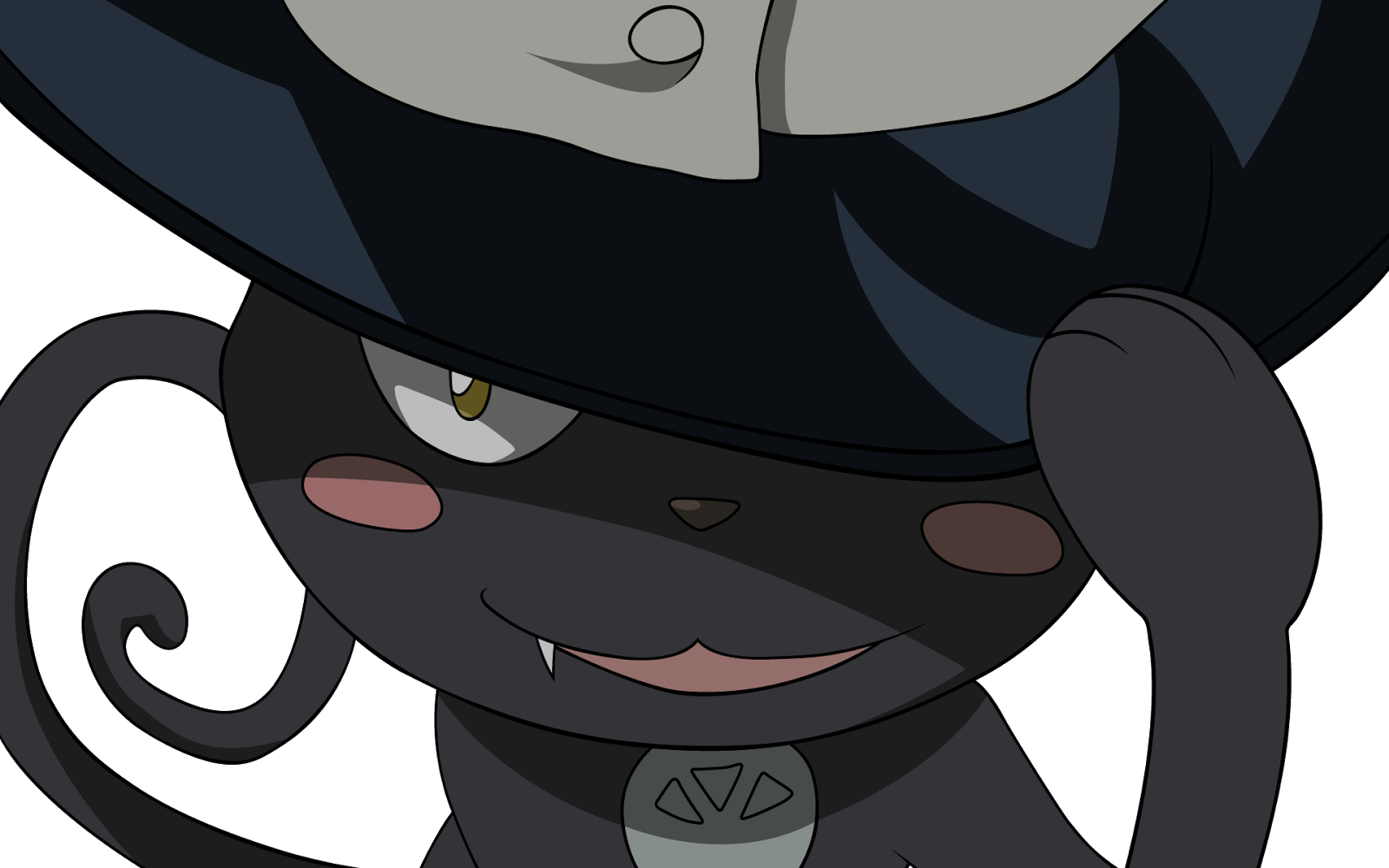Ibbo
A
strange-looking creature, small and stocky, but broad and strong. Maybe it's a
small man, or maybe a large gnome. Maybe it's a member of an unknown race from
a distant corner of Seralin, or even from one of the other moons of Anderove.
Anyway, the creature calls itself a “dwarf”.
Dwarves are
not native to the Weird opera world, but then, Ibbo is not from this world. He
comes from a distant planet located in another universe, where immortals rule
over an eternal empire. Ibbo double-crossed one of them, and had to run for his
life.
 Following
an ancient map, Ibbo found his way into a strange multi-dimensional castle, in
which he quickly became lost. Wandering through the castle’s many rooms and
corridors, the strangeness and horrors he encountered almost drove him mad.
Chased by a swarm of vargouilles, he sought refuge in what appeared to be a
chapel. It was there he was contacted by Arak-Kur-Mortahn, The Death Titan, a
demonic destroyer of worlds traveling from world to world in his ship of the
lost. Ibbo vowed to serve the Lord of Twist and The Death Titan provided a
portal key that would activate one of the many magical portals out of the castle.
Ibbo ended up on Seralin, where he resides to this day.
Following
an ancient map, Ibbo found his way into a strange multi-dimensional castle, in
which he quickly became lost. Wandering through the castle’s many rooms and
corridors, the strangeness and horrors he encountered almost drove him mad.
Chased by a swarm of vargouilles, he sought refuge in what appeared to be a
chapel. It was there he was contacted by Arak-Kur-Mortahn, The Death Titan, a
demonic destroyer of worlds traveling from world to world in his ship of the
lost. Ibbo vowed to serve the Lord of Twist and The Death Titan provided a
portal key that would activate one of the many magical portals out of the castle.
Ibbo ended up on Seralin, where he resides to this day.
The dwarf
has dull gray skin and wears shiny black leather armor. He wears an eye-patch
over his left eye, making him look like a pirate, shaves his head bald, and
wears his graying beard short. He speaks with a deep voice that could be
described as “fatherly”, or as “disturbing”.
Pretomournon’s
inhabitants don’t notice, but Ibbo has the surly attitude of a typical dwarf;
stoic and stern, dour and humorless. In addition, he’s very foul-tempered and
mean. He fully intends to help the Lords of Misrule to destroy this world and
many others after that. Even though Ibbo’s the Disciple of the 5th
Lord of Misrule, he’s happy to let another demon bring about the Apocalypse.
It’s for this reason he helps the jester Quinzel to summon her master, Padat
The Fall. That, and the girl is easy to take advantage of when she’s in one of
her depressive moods.
If not
working to cause the end of the world, Ibbo indulges in his hobbies: robbery,
theft, murder and tax evasion. Not too long ago he stole a chest of magical
weapons from smuggler Vithimiris Reizensteijn, with the help of a key provided
by key maker Frederika Gvene. He sold the weapons for a large sum of money to
the amazon Demostratia. However, Gvene talked under pressure, and now
Reizensteijn has offered a substantial award for "the dwarf with the eye-patch".
Ibbo: AL C; MV 12; AC 6 (studded leather, Dex); Male
Dwarf 9; hp 59; #AT 1; Dmg 1d6+5 (dwarven thrower war hammer, Str) or 2d6+10
when thrown, or by weapon +2; S 16, D 13, C 16, I 15, W 10, Ch 15; M 6; items: amulet vs. crystal balls and ESP; XP 2,400.
Ibbo has
all the special qualities of the dwarf class.
Location: The lighthouse in the harbor, Quinzel’s apartment
in the River District, or committing a crime somewhere else in the city.
See also: Demostratia, Frederika Gvene, Quinzel, Vithimiris Reizensteijn.
Note: Arak-Kur-Mortahn, The Death Titan appears in the one-page dungeon Ship of the Lost.







